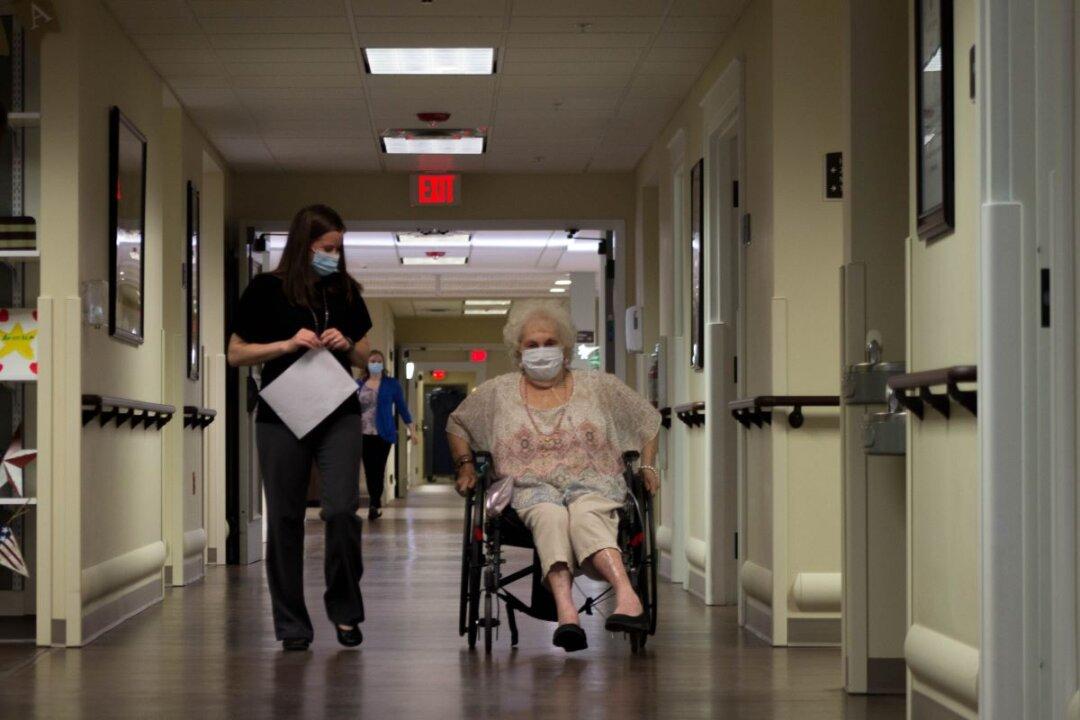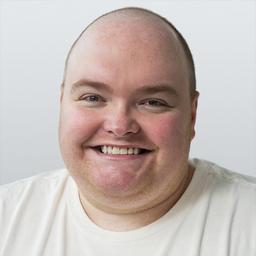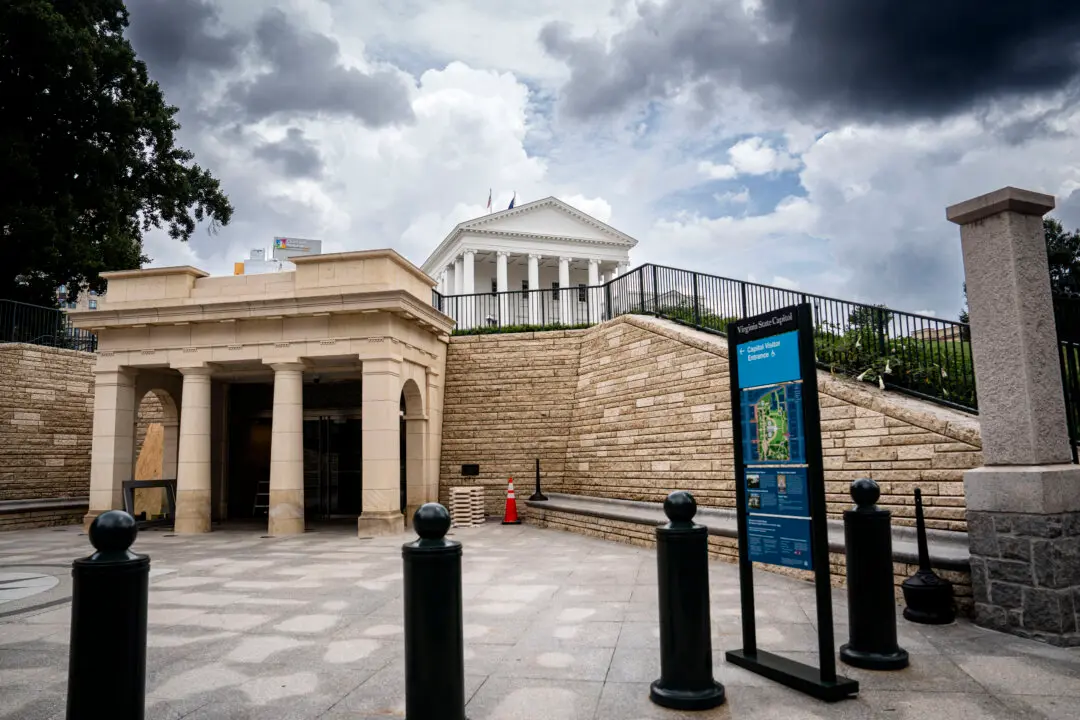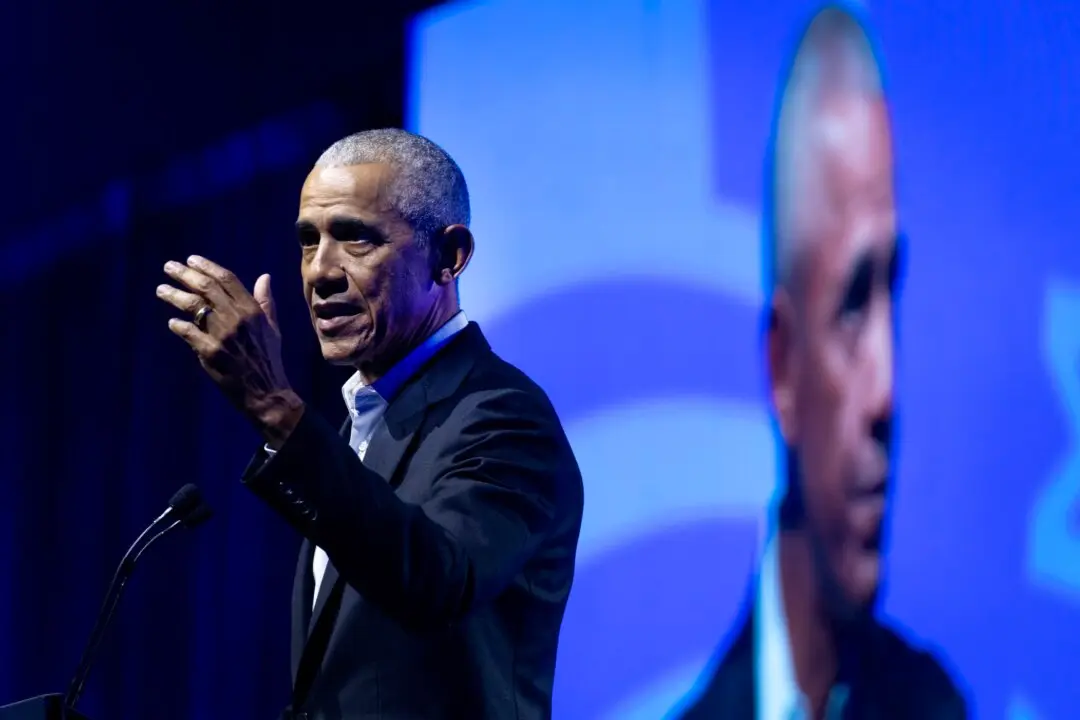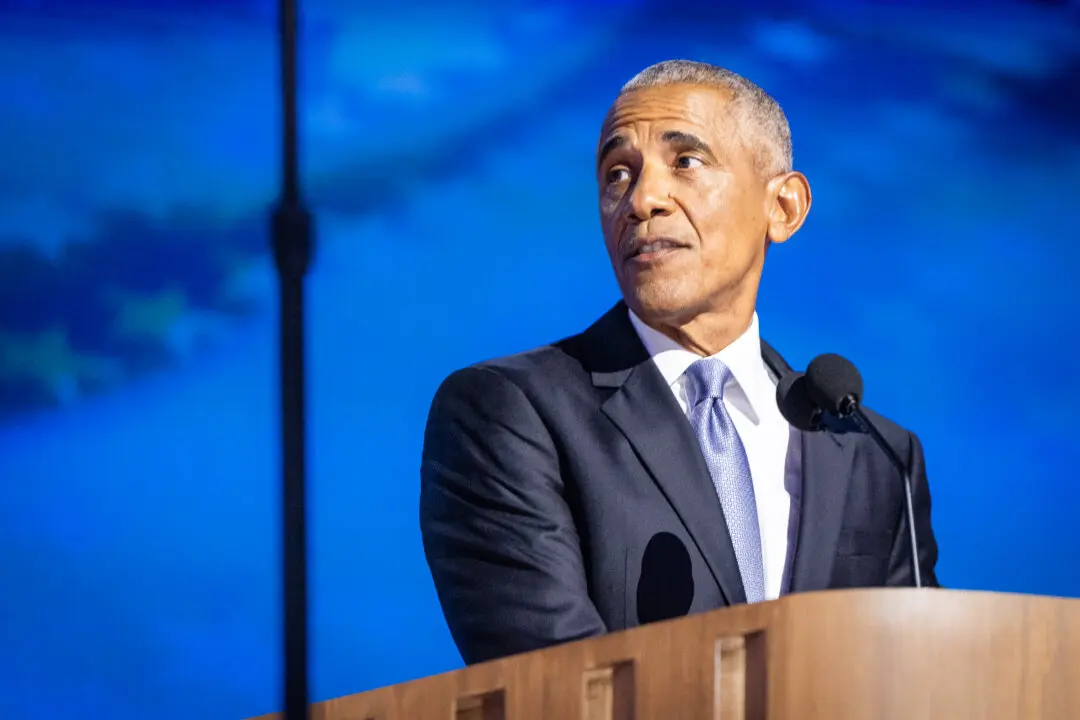New guidelines for staffing levels at nursing homes around the U.S. by the Biden Administration have been met by some with pushback on the proposals from nursing home associations, while some groups representing nurses say the proposals do not do enough to meet the needs of staff and residents.
The White House says the new initiatives target the safety and quality of care in nursing homes, with the central theme of cracking down on establishments that “chronically understaff their facilities—resulting in poor, substandard care that endangers residents.”
